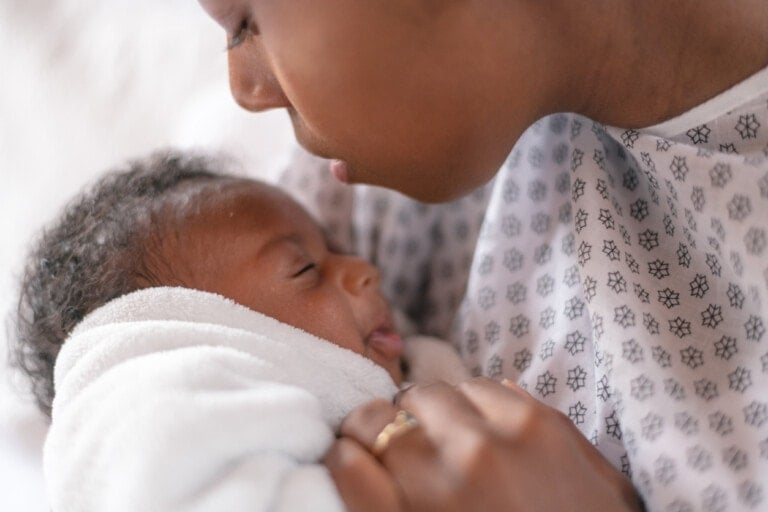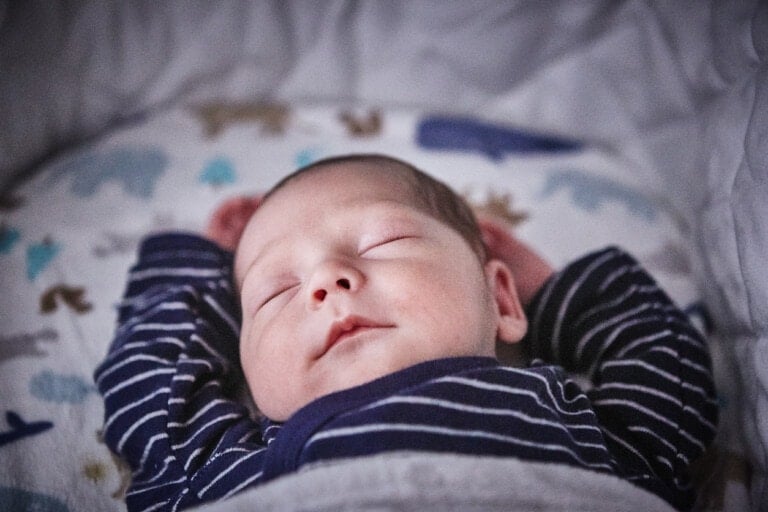Daylight saving time is happening this year on Sunday, March 10, at 2:00 a.m. Daylight saving time means we lose an hour of sleep, but it may be more complex for your baby than just that. Your baby’s internal sleep clock helps put your baby to sleep at a certain hour and helps wake her up at pretty much the same time each morning. So, it may be challenging to put your baby to sleep at the usual bedtime and have her wake up an hour later in the morning. If you have an early riser, you may get excited about your baby waking up an hour later. That may happen, but you will need to prepare to avoid sleep time struggles.
Also, if your baby needs to have a set bedtime and wake-up time for daycare, you will certainly need to prepare since she will most likely have difficulty going to bed at her usual time.
3 Baby Sleep Tips for Daylight Saving Time
Follow these simple tips to help make daylight saving time an easy transition for your baby.
1. Prepare for Daylight Saving Time Ahead of Time
Ideally, you want to shift your baby’s entire daytime schedule, not just bedtime. So, for the 6 days before daylight savings, shift your baby’s schedule by 10 minutes each day until you reach a full hour. This will allow your baby to gradually adjust without a drastic change in their sleep schedule. A young baby, or a baby that doesn’t adapt well to change, will not easily tolerate an hour time change. An abrupt change may lead to many tears. Prepare your baby slowly and ahead of time. If you haven’t had enough time to prepare before the time change, no worries, you can even do this after the time change.
2. Get Ready To Deal with Some Bedtime Troubles
As I mentioned, your baby’s internal clock is set to get her ready for bed at a particular hour. With daylight saving time, you will put your baby down an hour earlier than she usually goes down. The new 7 p.m. bedtime will be 6 p.m. before the time change. This means your baby will most likely have difficulty falling asleep that early. It will take about a week for your baby’s internal clock to be reset to the new schedule. Help your baby settle for the night by dimming the lights and keeping noise low. Creating a calm and quiet environment before bed will be essential.
3. Get Some Good Blackout Curtains
Daylight saving time means the sun will still be out in the evening. If your baby is used to falling asleep in the dark, it may be difficult for them to fall asleep with even the slightest light coming in. Also, light suppresses melatonin, the hormone that helps your baby sleep. Making the room dark will help tremendously. This is particularly important if your baby has to be up early in the morning for daycare. Making sure the room is dark so that your baby can fall asleep and get a proper amount of night sleep is very important. Here is a good set if you don’t already have some. Blackout curtains are a perfect solution for daylight savings, early bedtimes, and even nap troubles.
Daylight saving time is not as stressful in the spring as in the fall when you have to change your clocks back an hour. Nonetheless, some babies still have a bit of a hard time. Making sure you prepare ahead of time by gradually shifting your baby’s sleep schedule will be a big help. Blackout curtains will help the transition go more smoothly, as well. If you have an easy-going and adaptable baby, you may get lucky and not have to do much!
Good luck and happy sleep!































